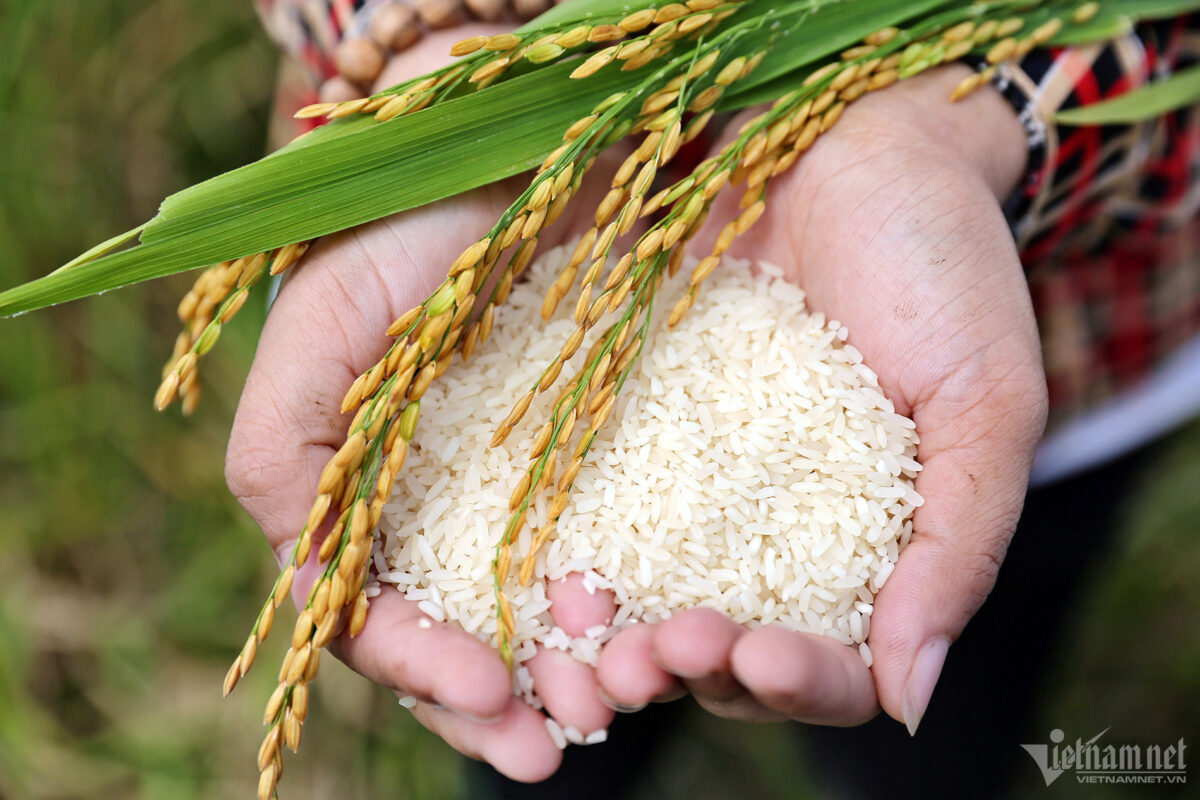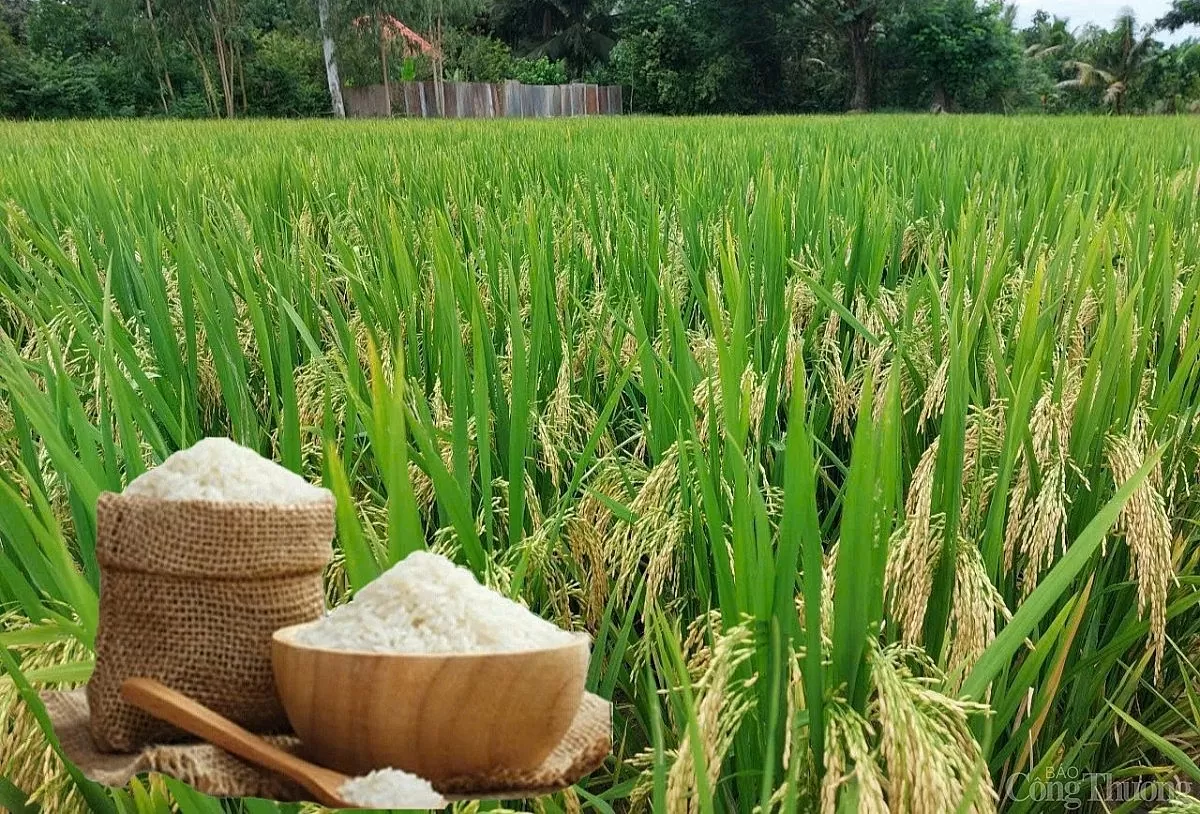Vietnamese rice has long been a staple in Southeast Asia, but over the last decade, it has rapidly gained popularity on the global stage. With its exceptional quality, diverse varieties, and growing reputation for sustainability, Vietnamese rice is now making significant inroads into international markets. From Asia to Europe and even North America, buyers are increasingly choosing rice from Vietnam over other sources. But why is this happening now?
In this article, we’ll explore the key reasons behind the global success of Vietnamese rice, its competitive advantages, export growth, and what the future holds for Vietnam’s rice industry.
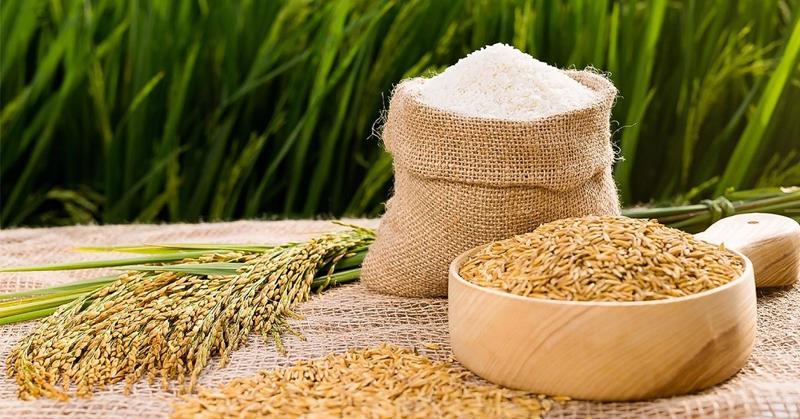
A Legacy Rooted in Tradition and Innovation
Vietnam is the world’s third-largest exporter of rice, after India and Thailand. For centuries, rice cultivation has been central to Vietnamese culture and livelihoods. Farmers in the Mekong Delta and Red River Delta regions have refined traditional growing techniques and adapted them with modern agricultural innovations.
Today, this balance between tradition and technology allows Vietnamese rice to meet the ever-evolving demands of global consumers—offering both quantity and quality.
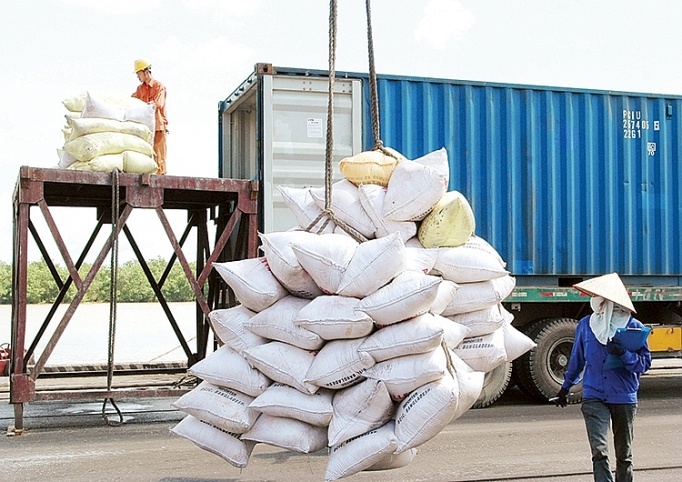
Diverse Rice Varieties for Every Market
One of the biggest strengths of Vietnamese rice is its wide range of varieties. Whether it’s fragrant jasmine rice, long-grain white rice, sticky rice, or organic brown rice, Vietnam produces types that meet the diverse tastes of global consumers.
- Jasmine Rice: Known for its aroma and soft texture, ideal for high-end markets in Europe and the US.
- ST25 Rice: A premium, award-winning variety recognized as one of the best in the world.
- Glutinous Rice: Popular in Asian markets for desserts and traditional dishes.
- Organic Rice: Gaining traction in health-conscious markets like Japan, Korea, and the EU.
This ability to cater to niche markets gives Vietnamese rice an edge in an increasingly segmented global food market.
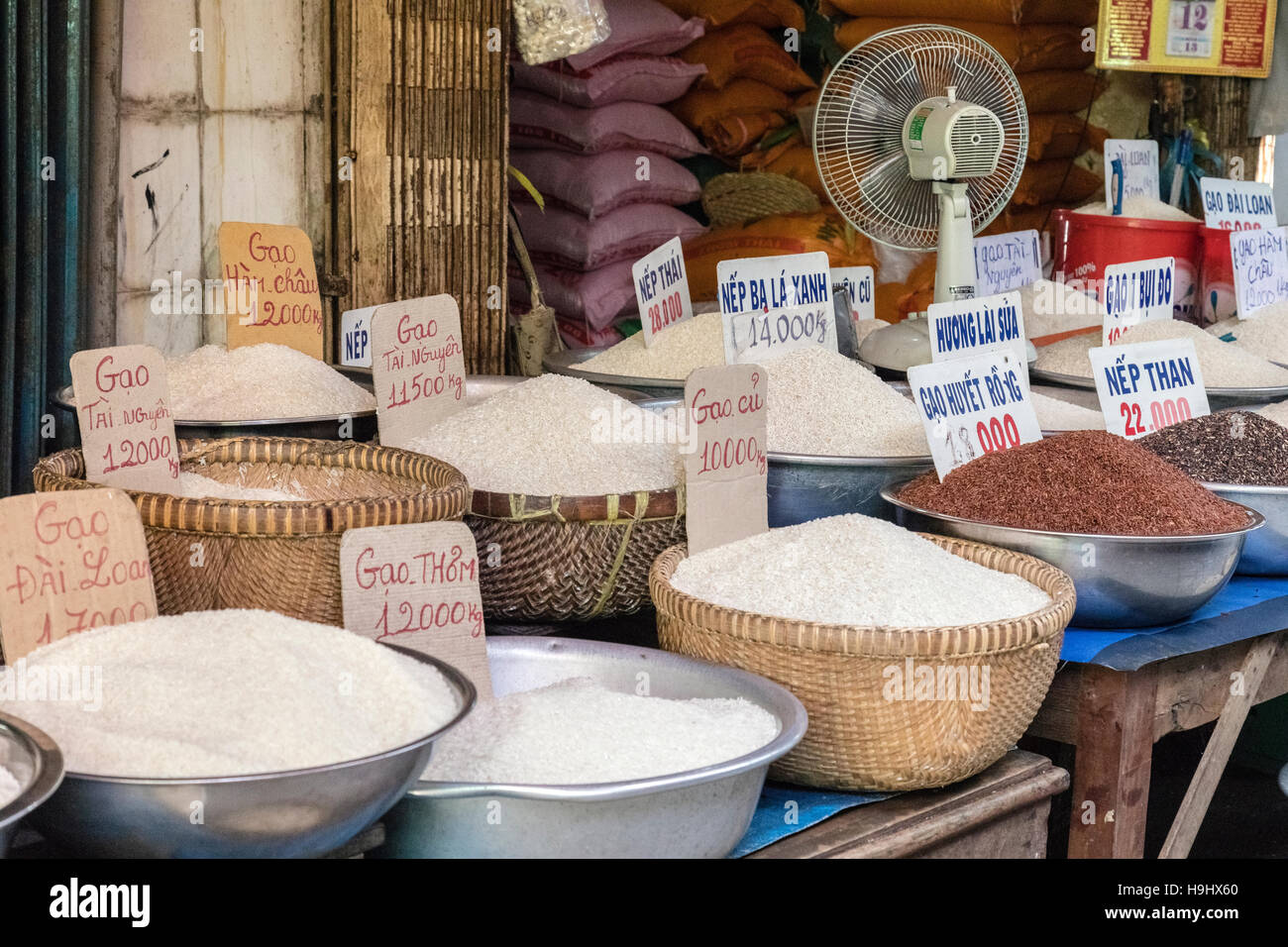
Commitment to Quality and Food Safety
Vietnam has made enormous strides in improving food safety standards and post-harvest processing. Export rice from Vietnam is often milled, sorted, and packaged using state-of-the-art facilities that meet or exceed international food safety regulations such as HACCP, ISO, and GlobalG.A.P.
Moreover, many Vietnamese rice exporters are now certified organic or Fair Trade, opening new doors to high-value markets and consumers who care about ethical sourcing.
Competitive Pricing and Strong Supply Chain
One of the most appealing aspects of Vietnamese rice for international buyers is its competitive price point. Despite rising labor and production costs, Vietnam continues to offer rice at prices that are often lower than competitors, without compromising on quality.
Vietnam’s efficient supply chain—bolstered by improvements in logistics, port infrastructure, and digital trade facilitation—ensures that rice is delivered on time and in excellent condition. This reliability has helped build strong relationships with buyers across more than 150 countries.
Government Support and Strategic Trade Policies
Vietnam’s government has played a key role in promoting the export of Vietnamese rice. Through bilateral and multilateral trade agreements such as EVFTA (EU-Vietnam Free Trade Agreement), CPTPP (Comprehensive and Progressive Agreement for Trans-Pacific Partnership), and RCEP (Regional Comprehensive Economic Partnership), Vietnamese rice now enjoys reduced tariffs and broader market access.
The government has also supported the industry through:
- Investment in agricultural R&D
- Encouragement of organic and sustainable farming
- National branding initiatives for premium rice varieties
These strategic moves have positioned Vietnam as a leading, reliable supplier of quality rice on the global stage.
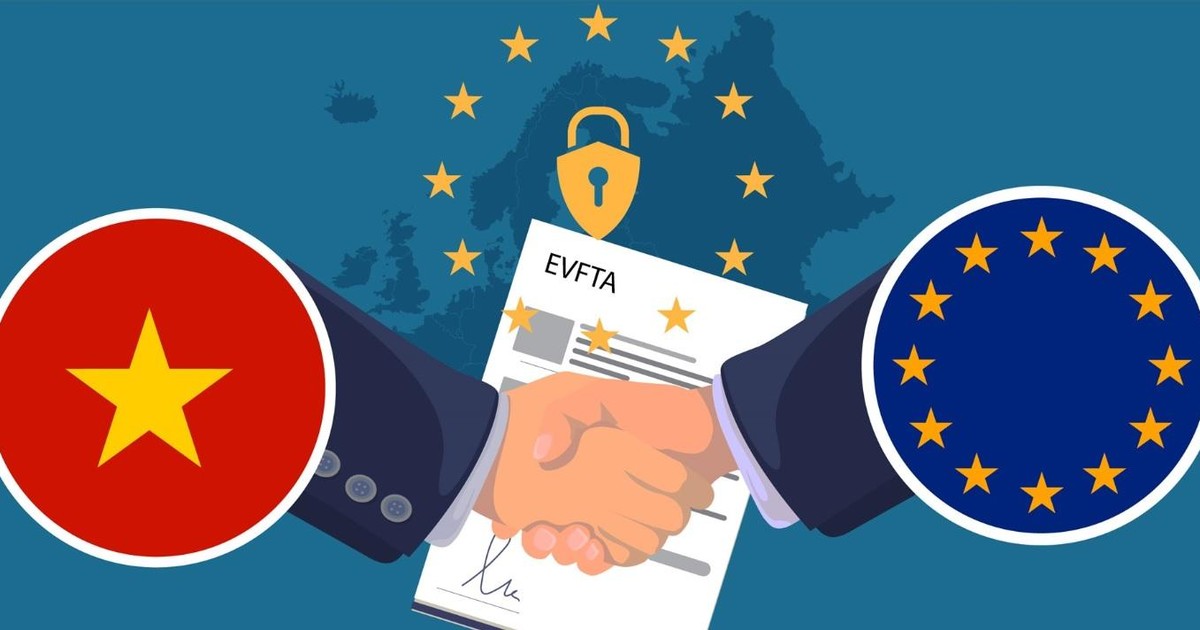
Rising Global Demand for Sustainable Rice
Sustainability has become a crucial factor in global food sourcing. Vietnam has responded to this demand by embracing eco-friendly practices such as:
- Reduced pesticide use
- Water-saving irrigation techniques
- Organic and regenerative farming methods
Projects like the Sustainable Rice Platform (SRP), which Vietnam actively participates in, ensure that Vietnamese rice meets the sustainability standards expected by modern consumers and environmentally conscious retailers.
International Recognition and Awards
In recent years, Vietnamese rice has earned accolades on the world stage:
- ST25 rice, developed by Vietnamese scientists, was named the world’s best rice in 2019.
- Vietnamese jasmine and organic rice varieties have won quality awards in international food exhibitions.
These achievements not only elevate the status of Vietnamese rice globally but also increase demand among discerning buyers.
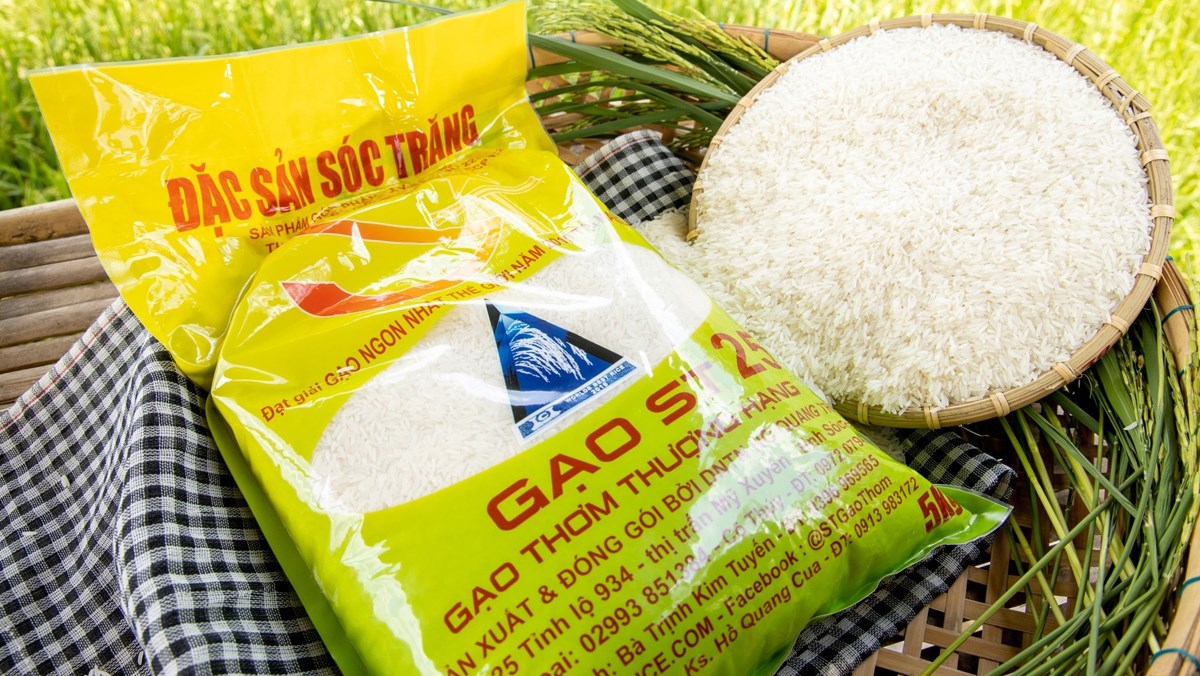
Marketing and Branding Success
Another reason behind the success of Vietnamese rice is the growing sophistication in marketing and branding. Exporters are no longer just selling a commodity—they are building stories around their rice: where it comes from, how it’s grown, who grows it, and why it matters.
Packaging has also improved significantly, with many brands offering rice in modern, consumer-friendly designs that appeal to overseas markets.
Challenges and How Vietnam is Overcoming Them
Despite its success, Vietnam’s rice industry faces challenges such as climate change, competition from other exporters, and fluctuating global demand. However, the country is actively addressing these issues through:
- Investing in climate-resilient rice varieties
- Diversifying export markets
- Digitizing agriculture and improving farmer incomes
These proactive steps ensure that Vietnamese rice remains a preferred choice well into the future.
What This Means for Importers and Retailers
For importers, distributors, and retailers, Vietnamese rice represents a golden opportunity:
- High quality at competitive prices
- Reliable sourcing and shipping
- Positive consumer perception and growing demand
- Flexible product lines (organic, specialty, private label)
Whether you are serving retail, food service, or manufacturing clients, adding Vietnamese rice to your product portfolio can bring real value and differentiation.
Final Thoughts
The rise of Vietnamese rice in the global market is no coincidence. It is the result of a well-coordinated effort between farmers, exporters, scientists, and policymakers. With its combination of quality, diversity, sustainability, and innovation, Vietnamese rice is not just keeping up with global trends—it’s setting them.
As the world continues to look for trusted, sustainable food sources, Vietnamese rice is well-positioned to lead the way.
Interested in sourcing premium Vietnamese rice for your market? Contact VIA today for samples, specifications, and pricing.
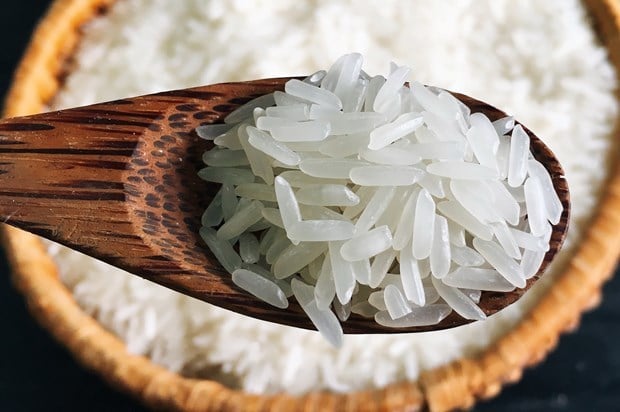


 Tiếng Việt
Tiếng Việt 中文 (中国)
中文 (中国)